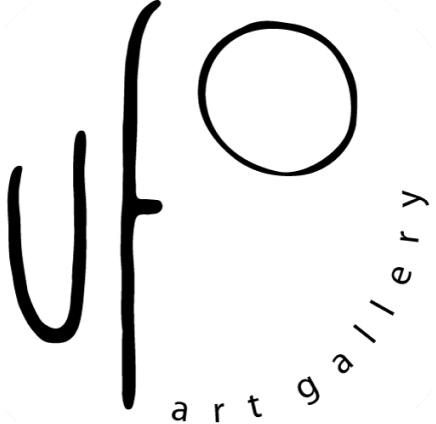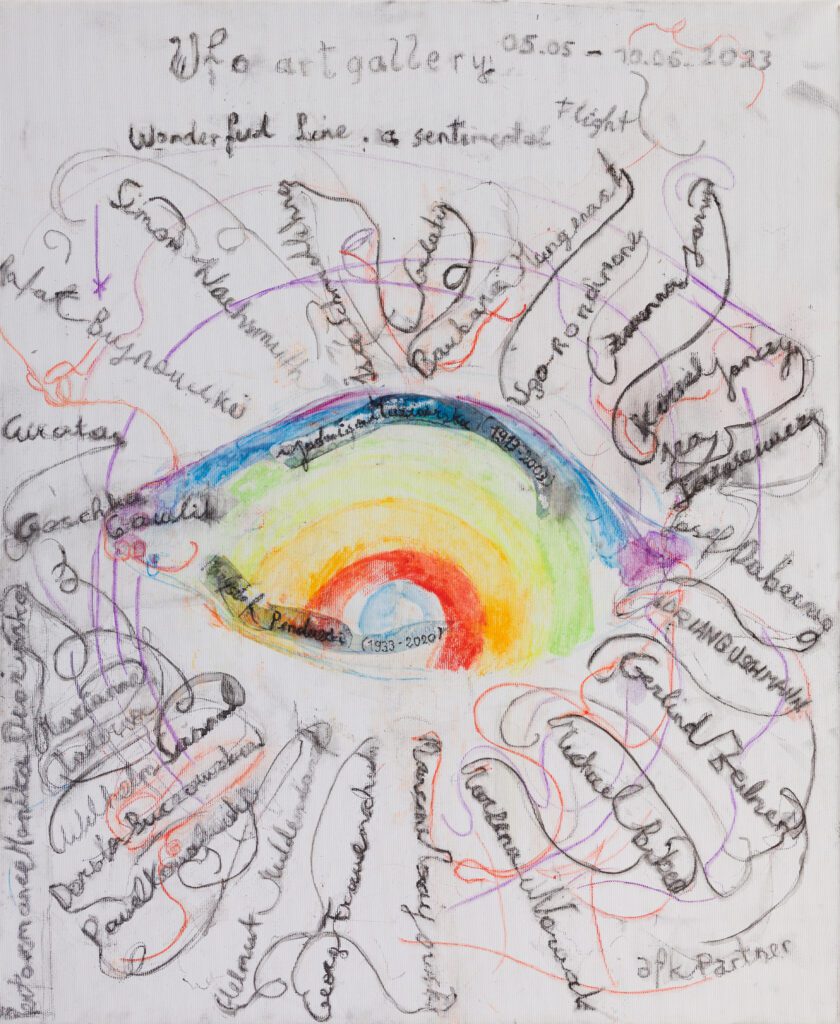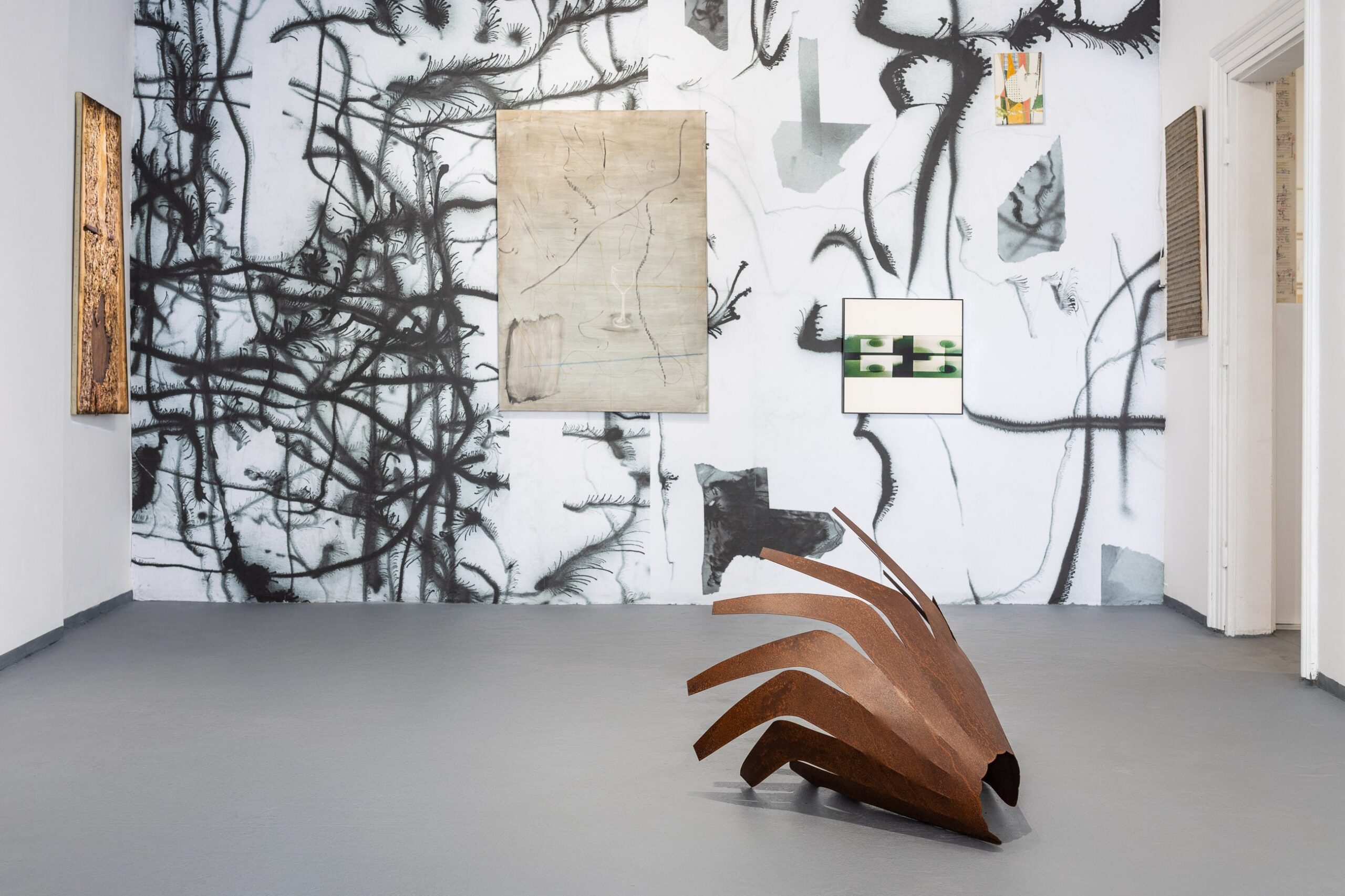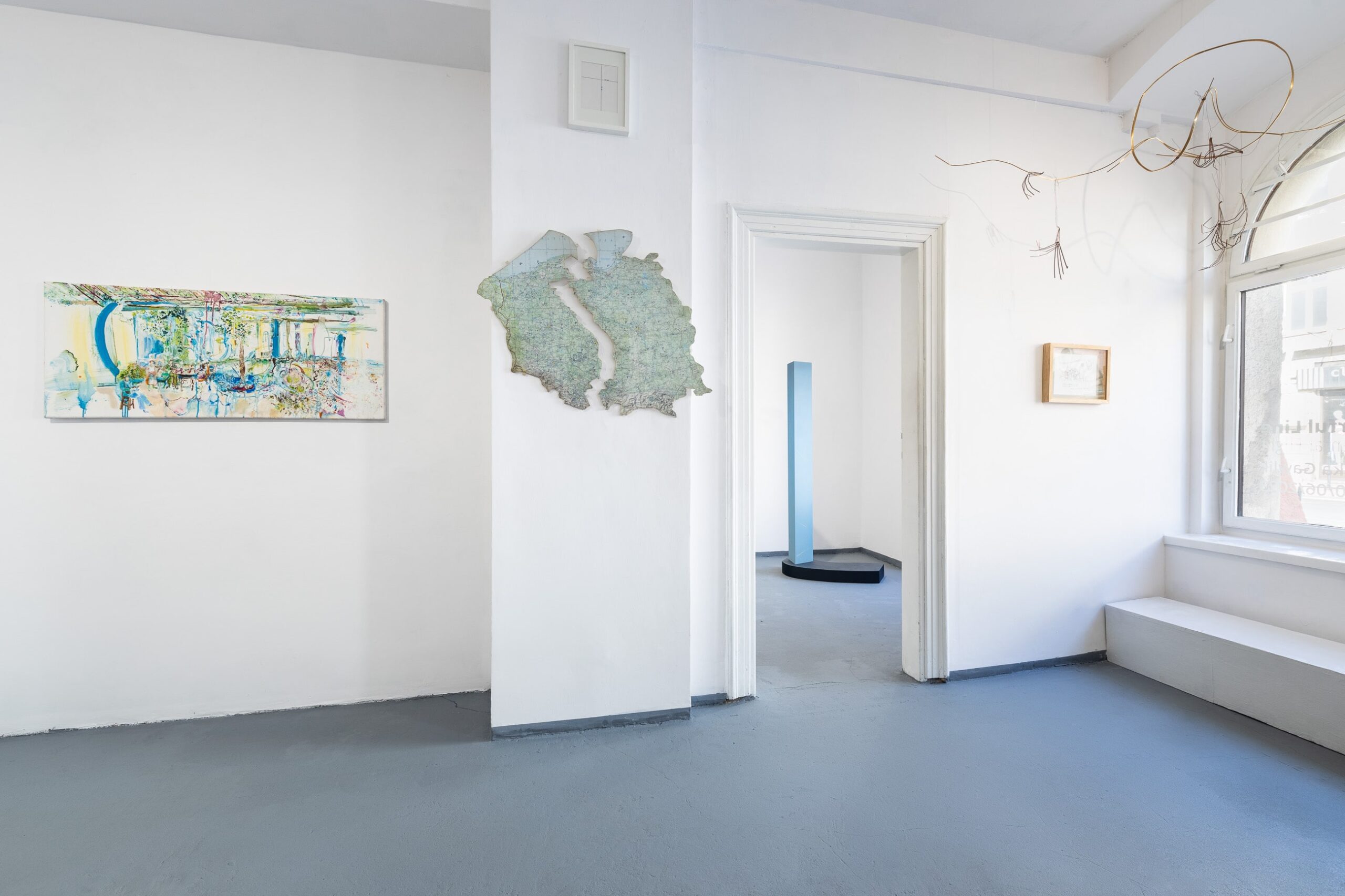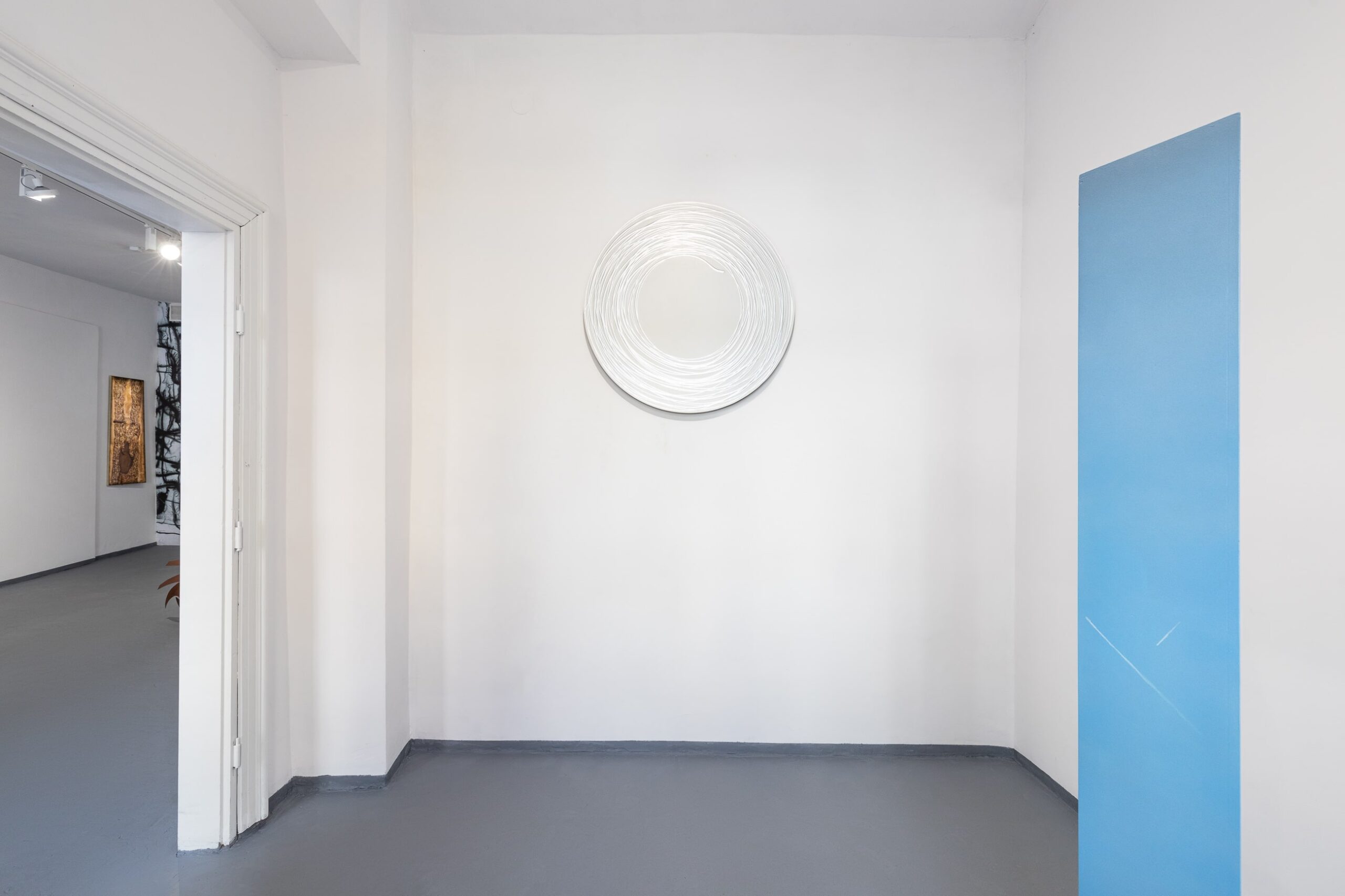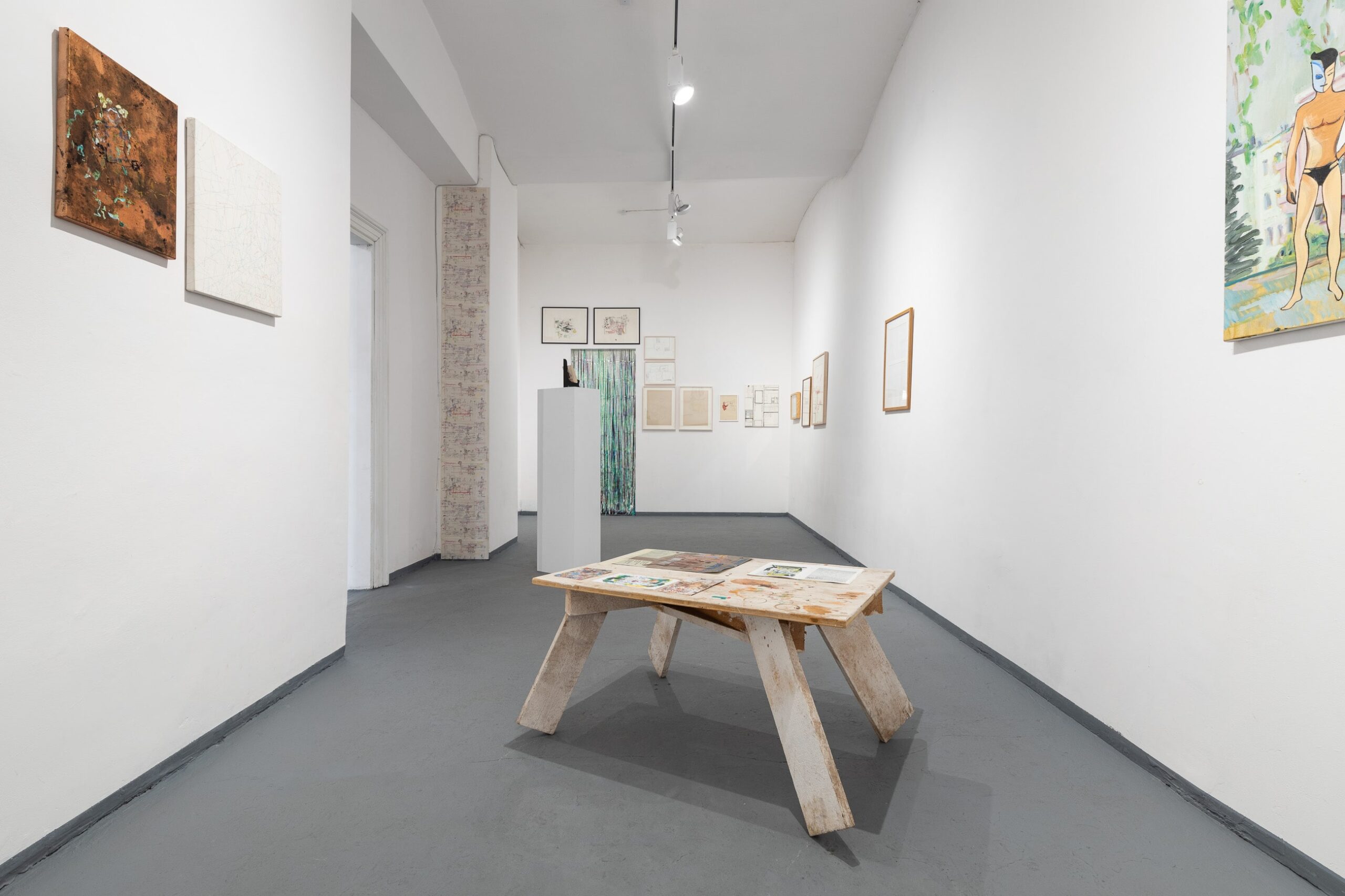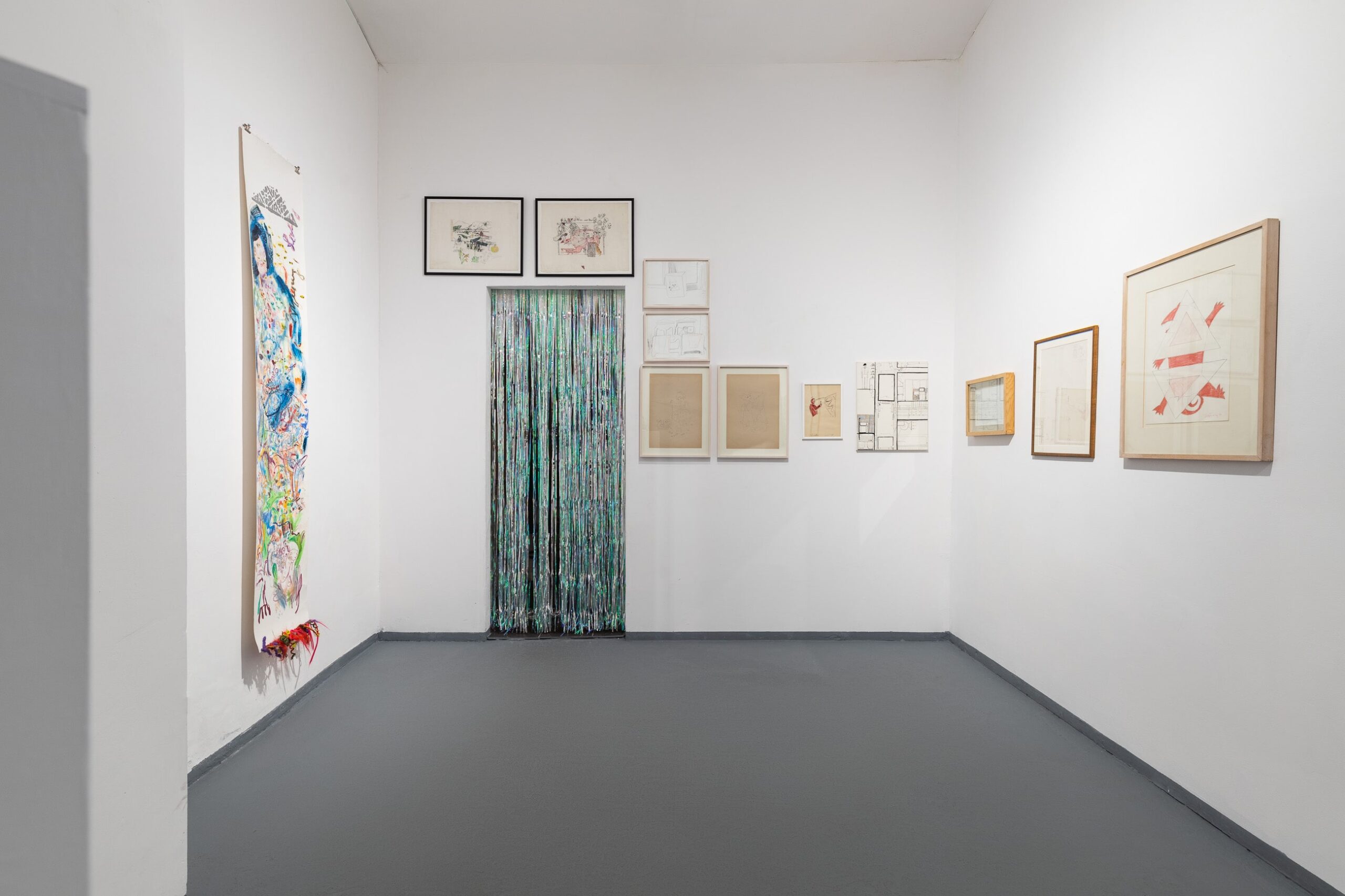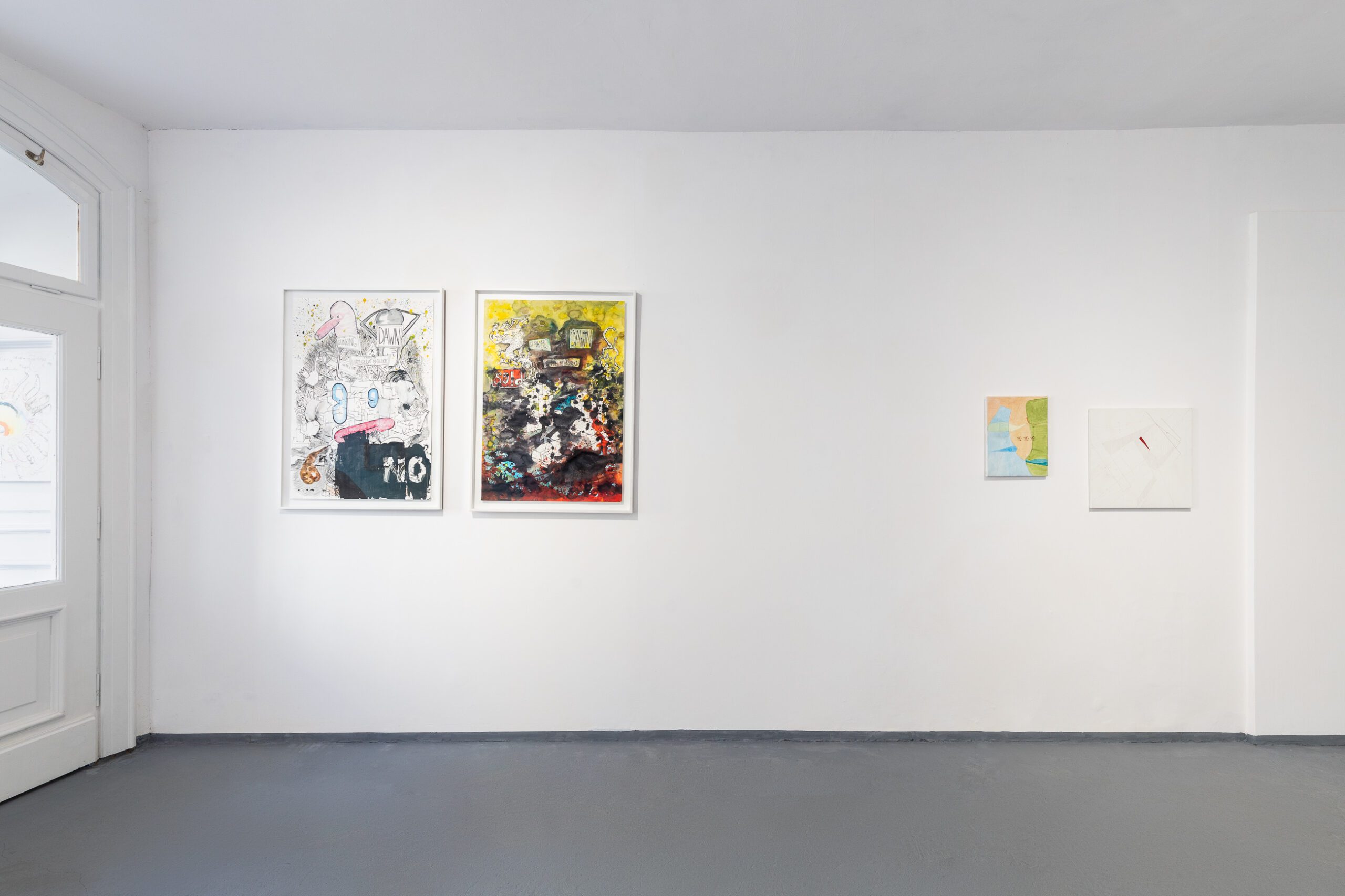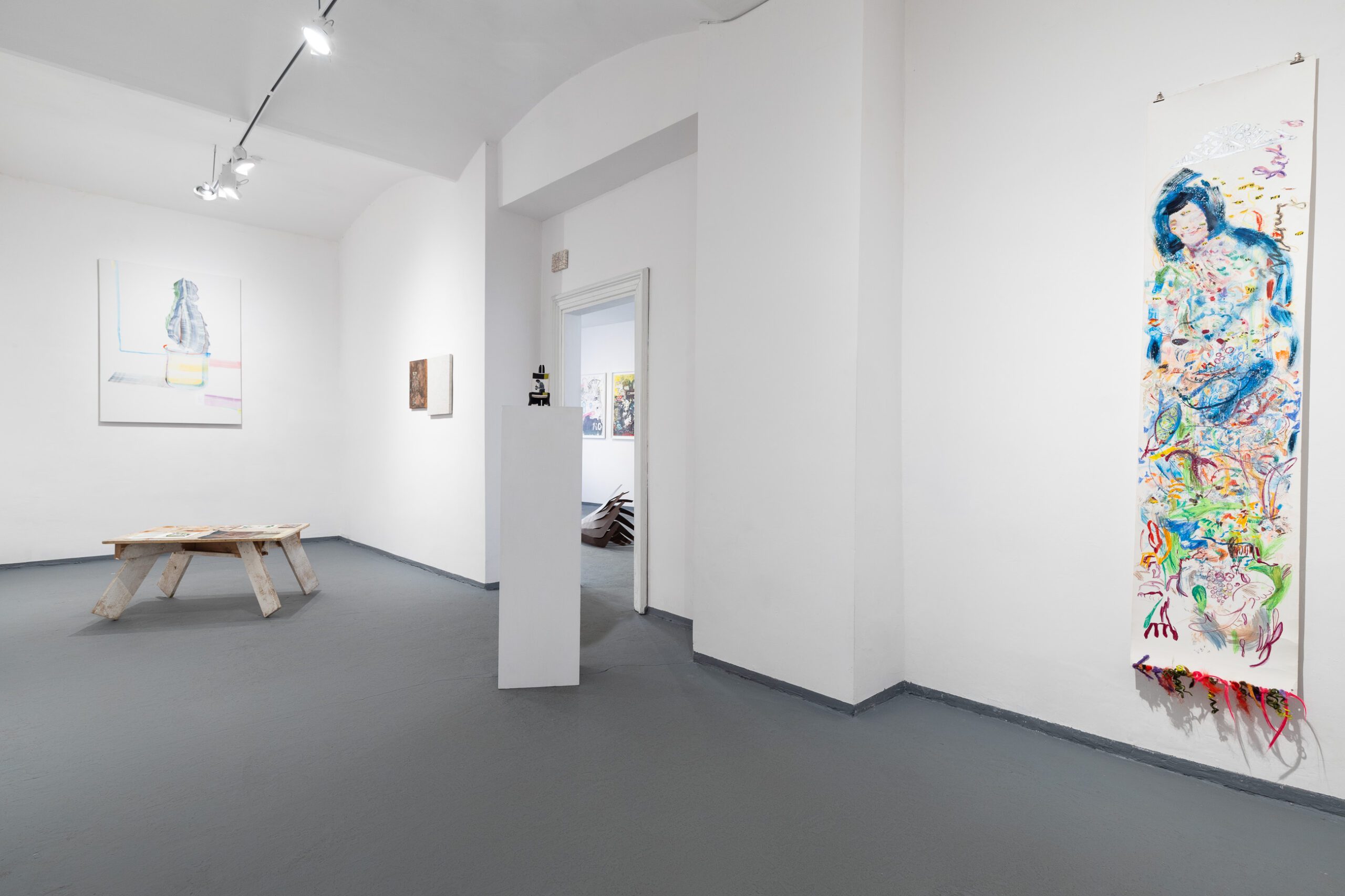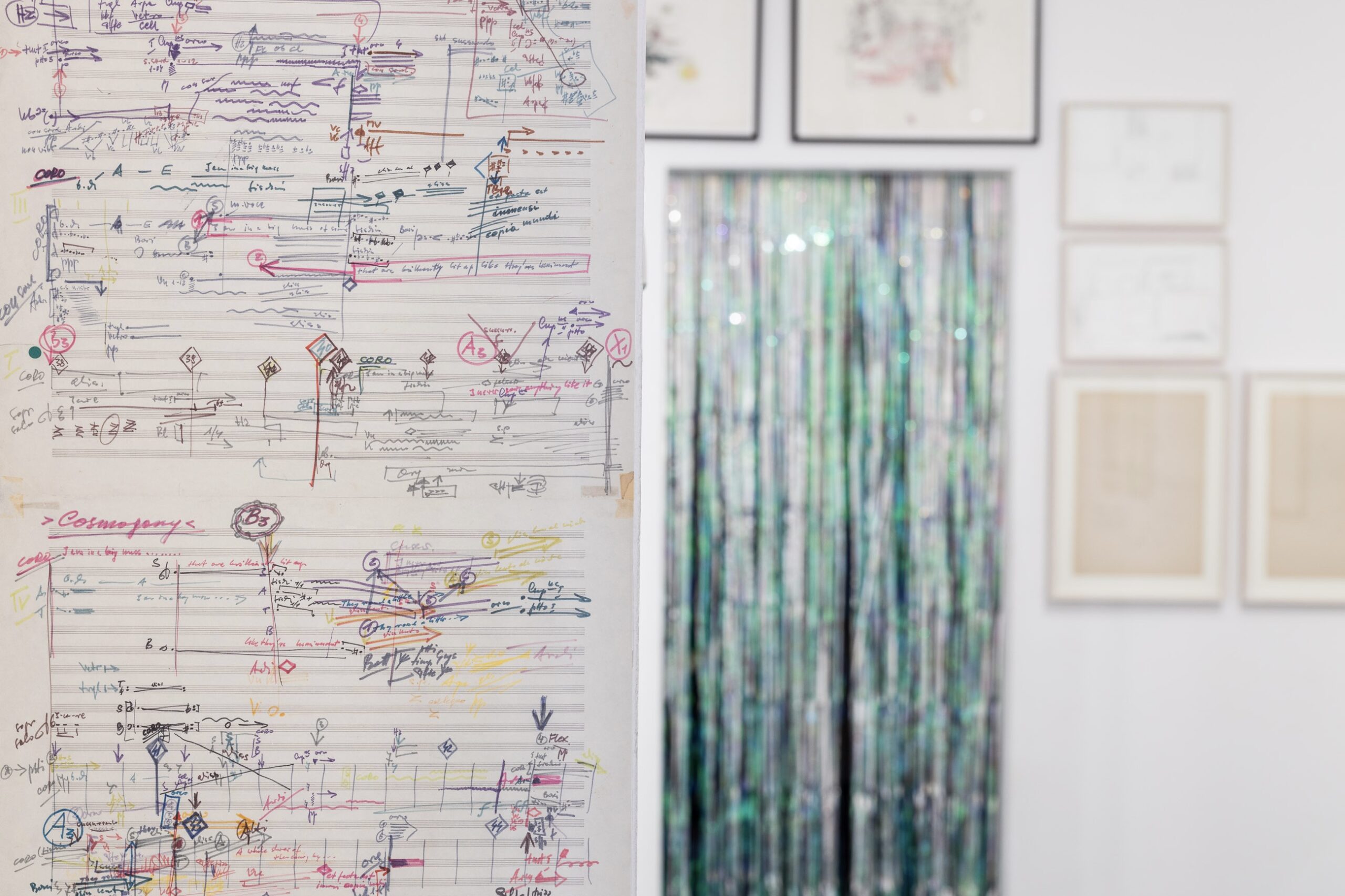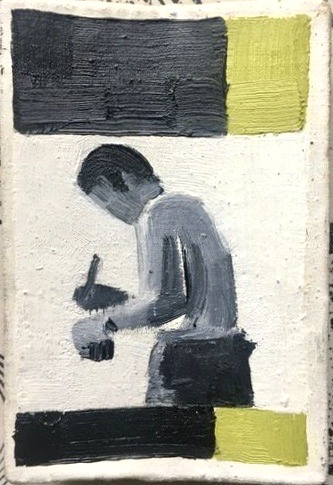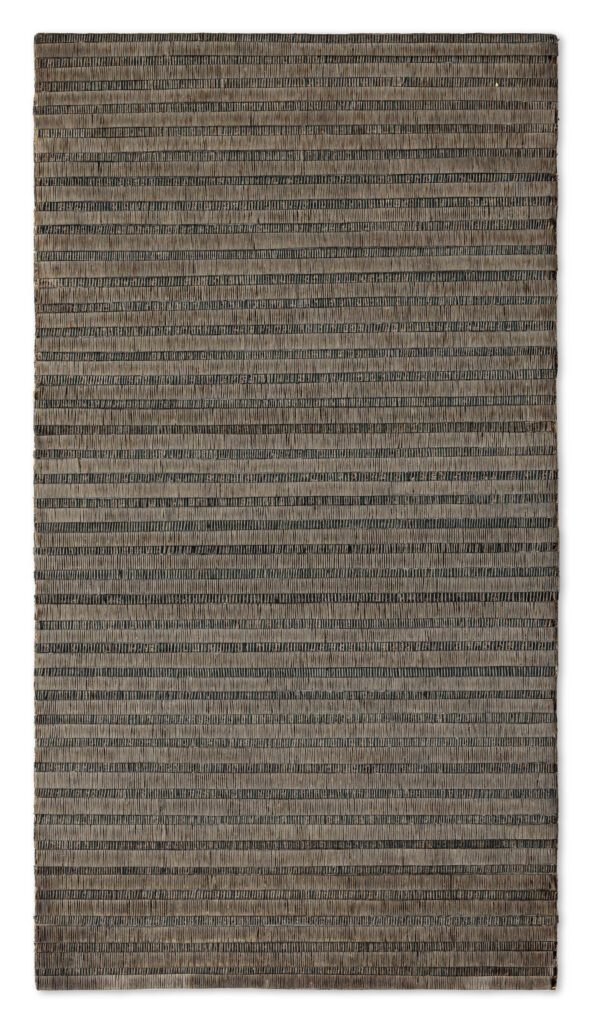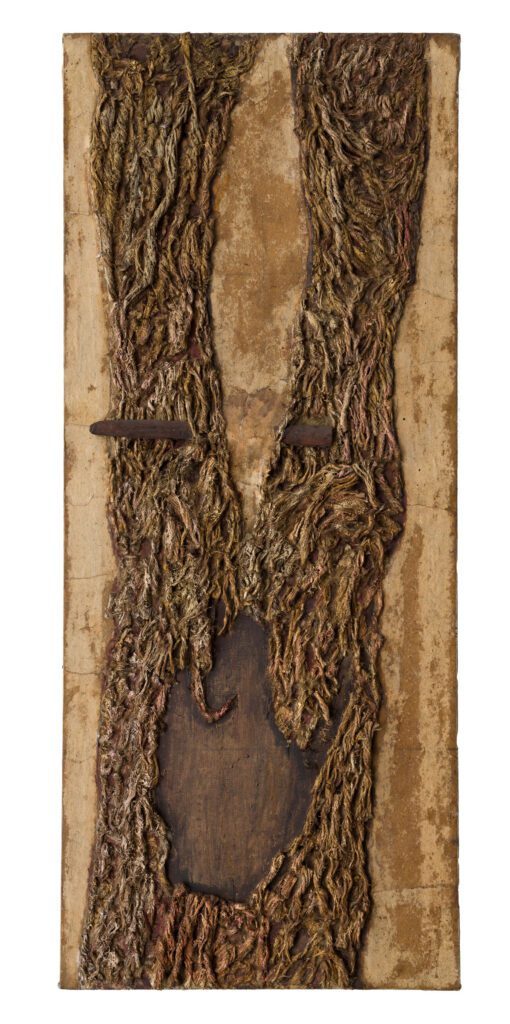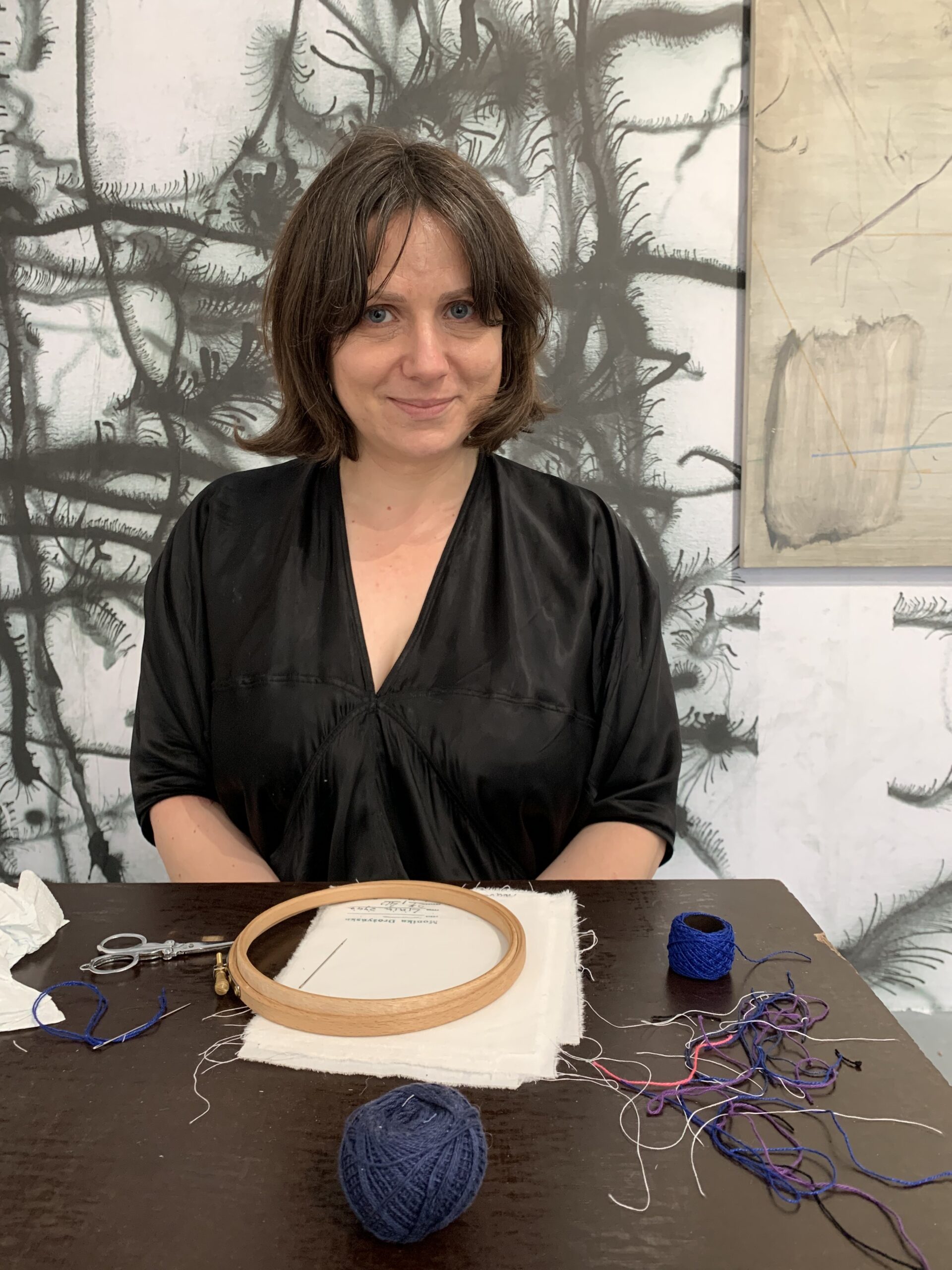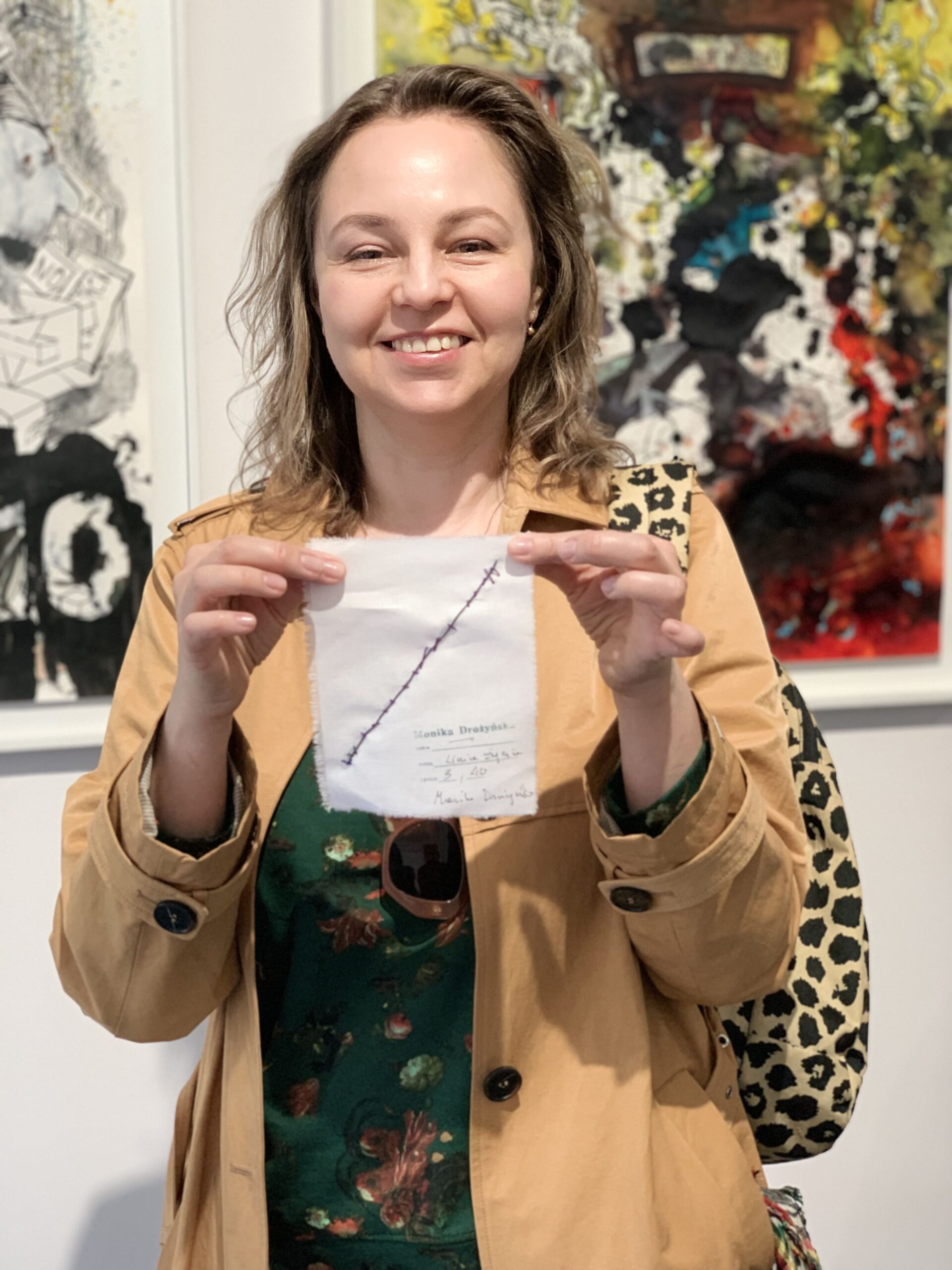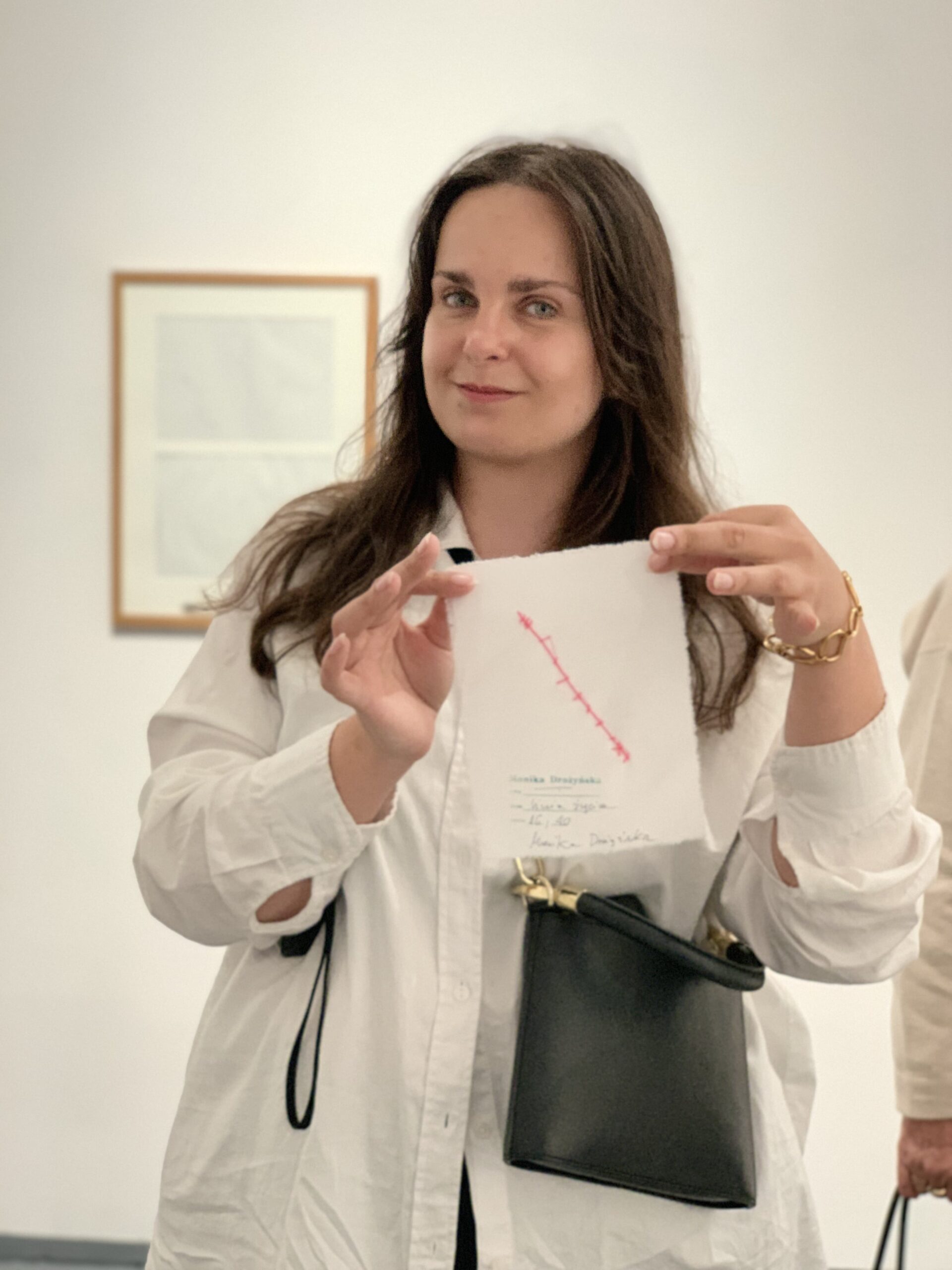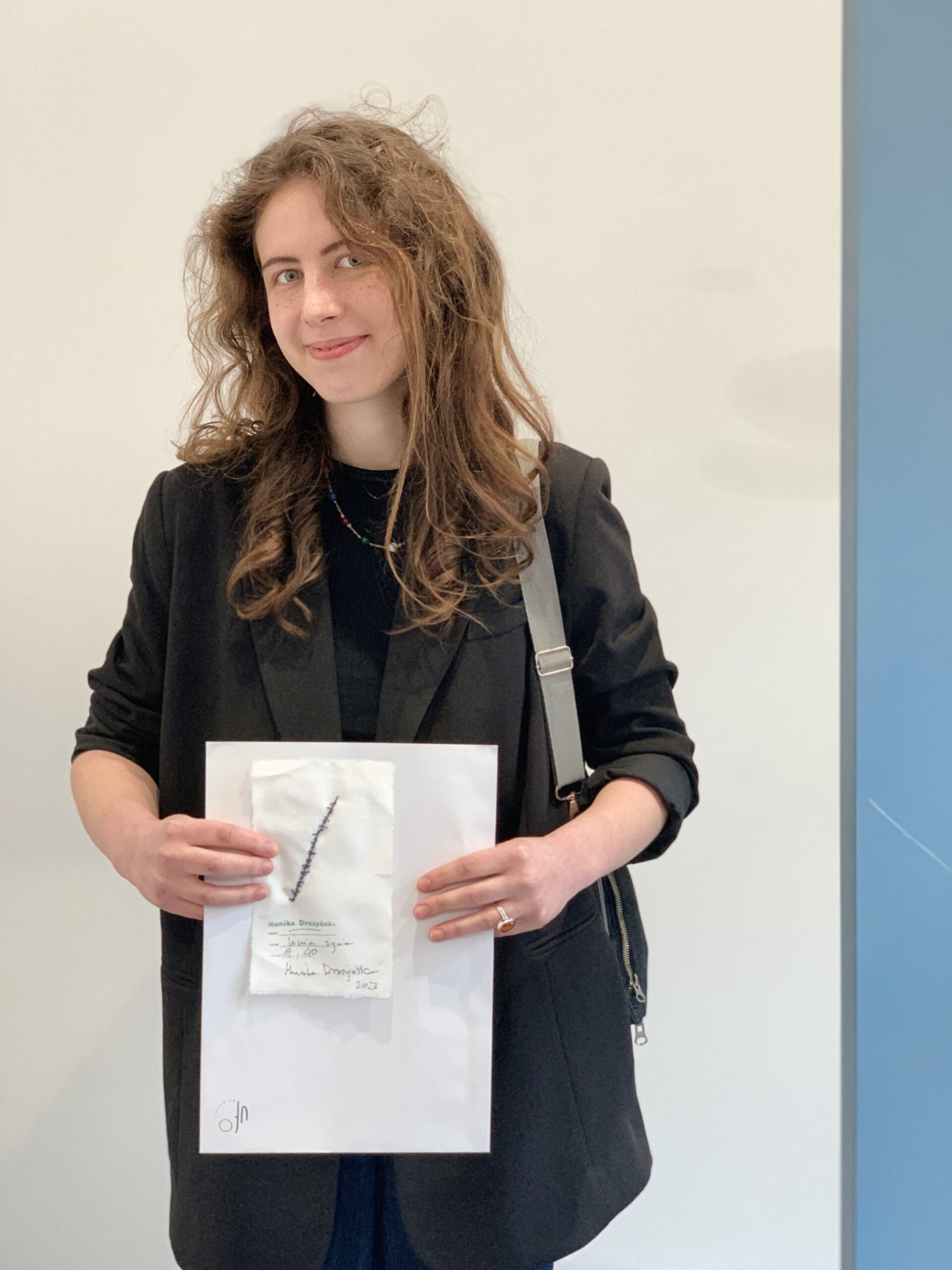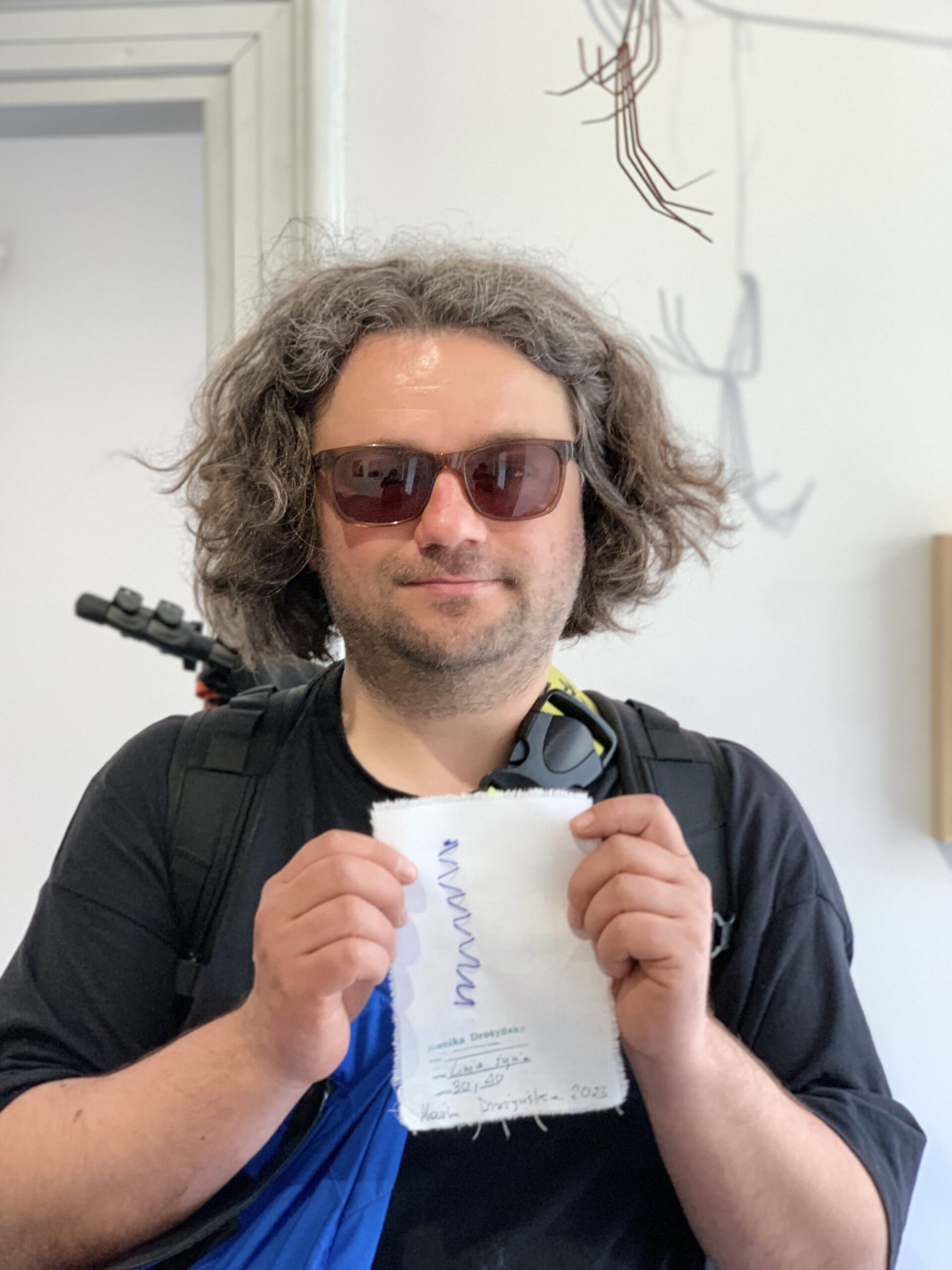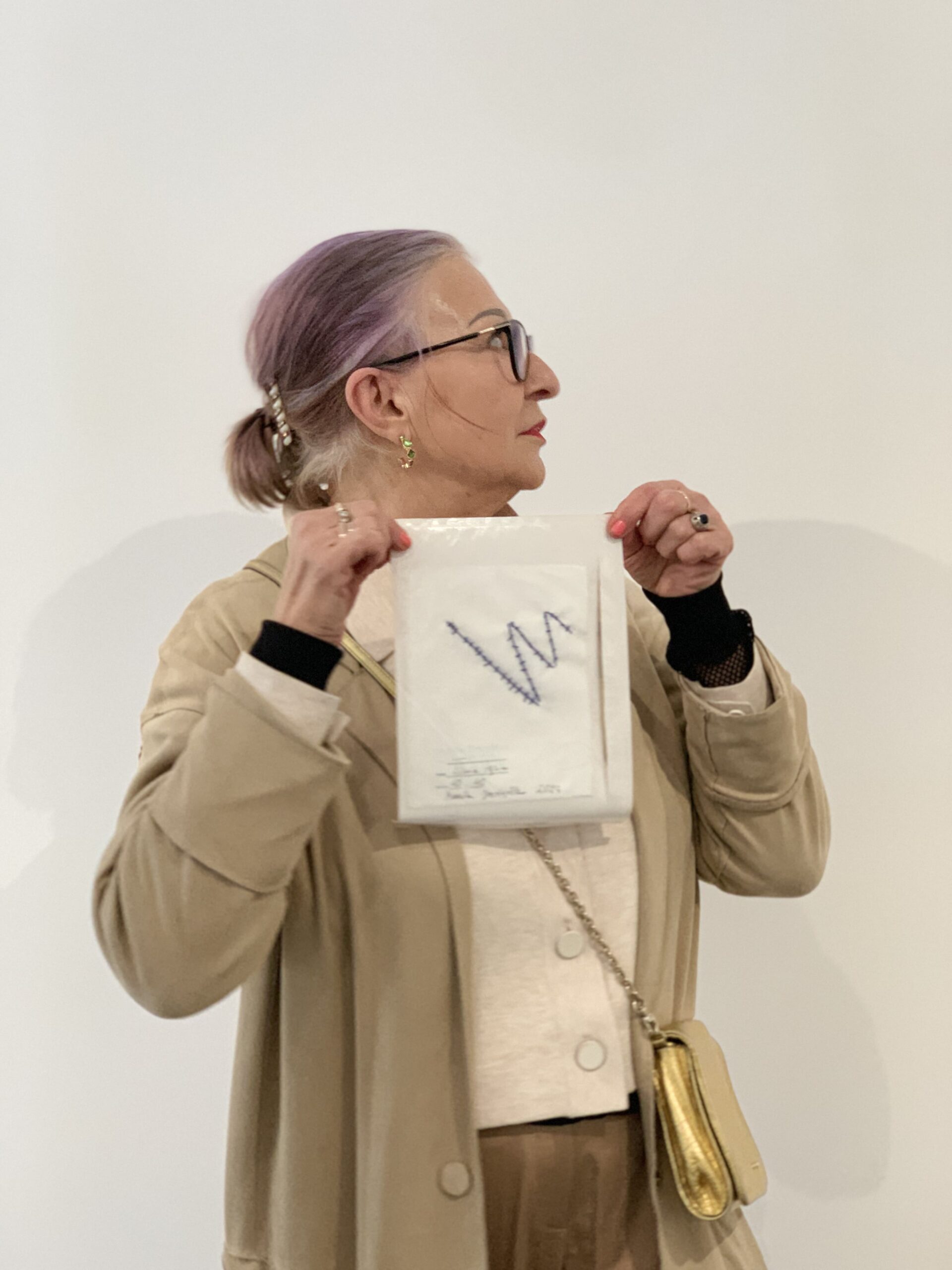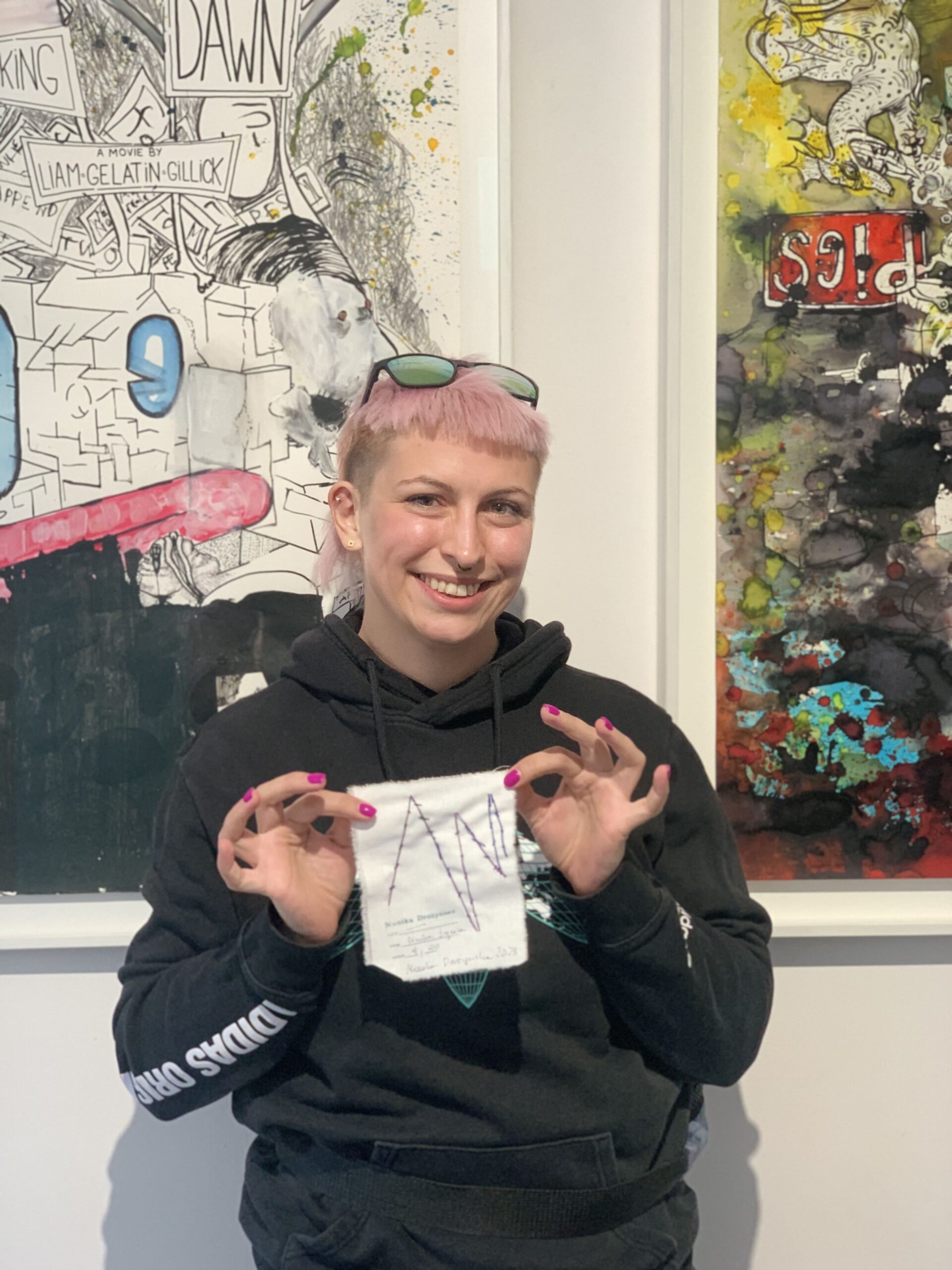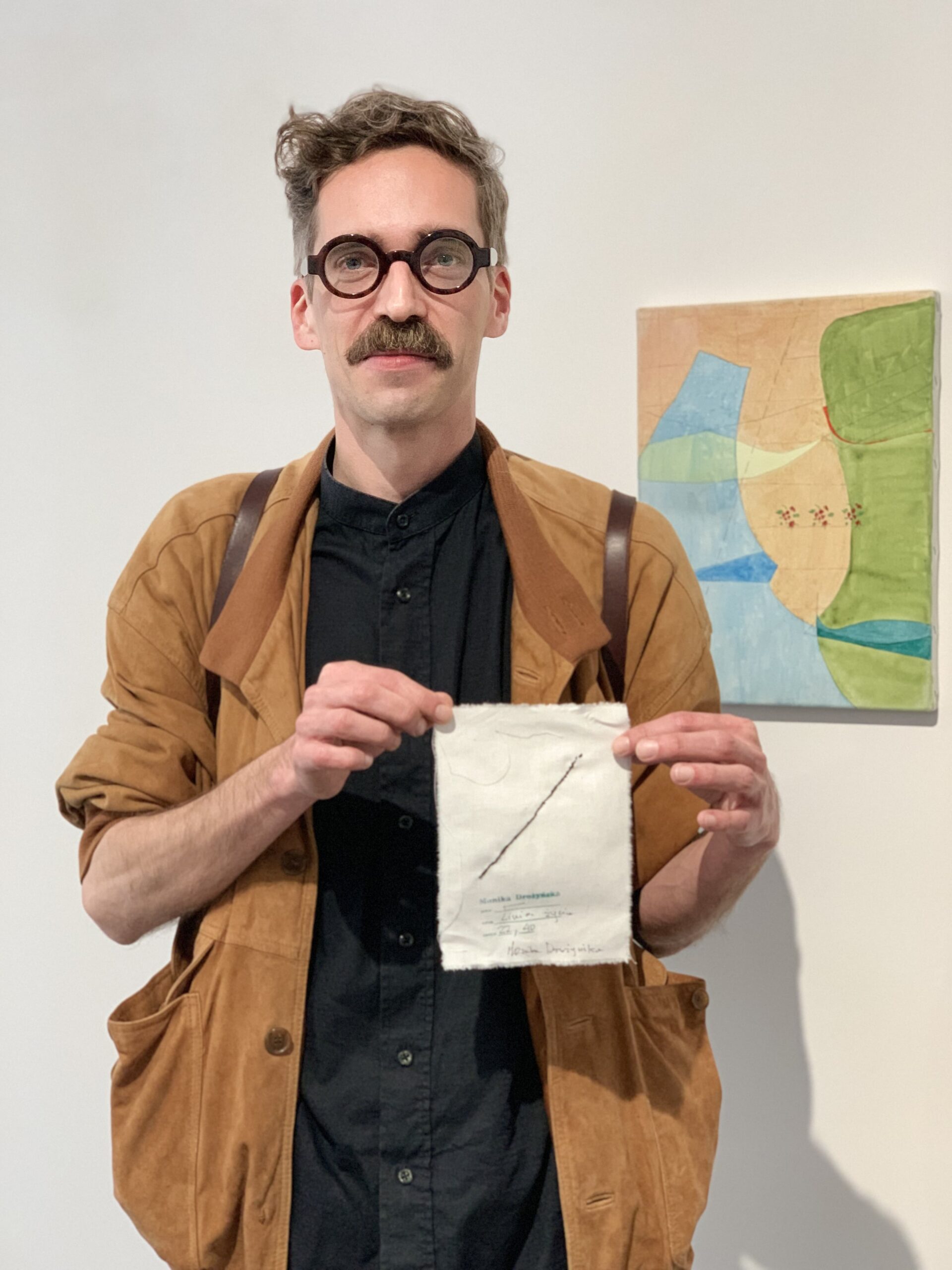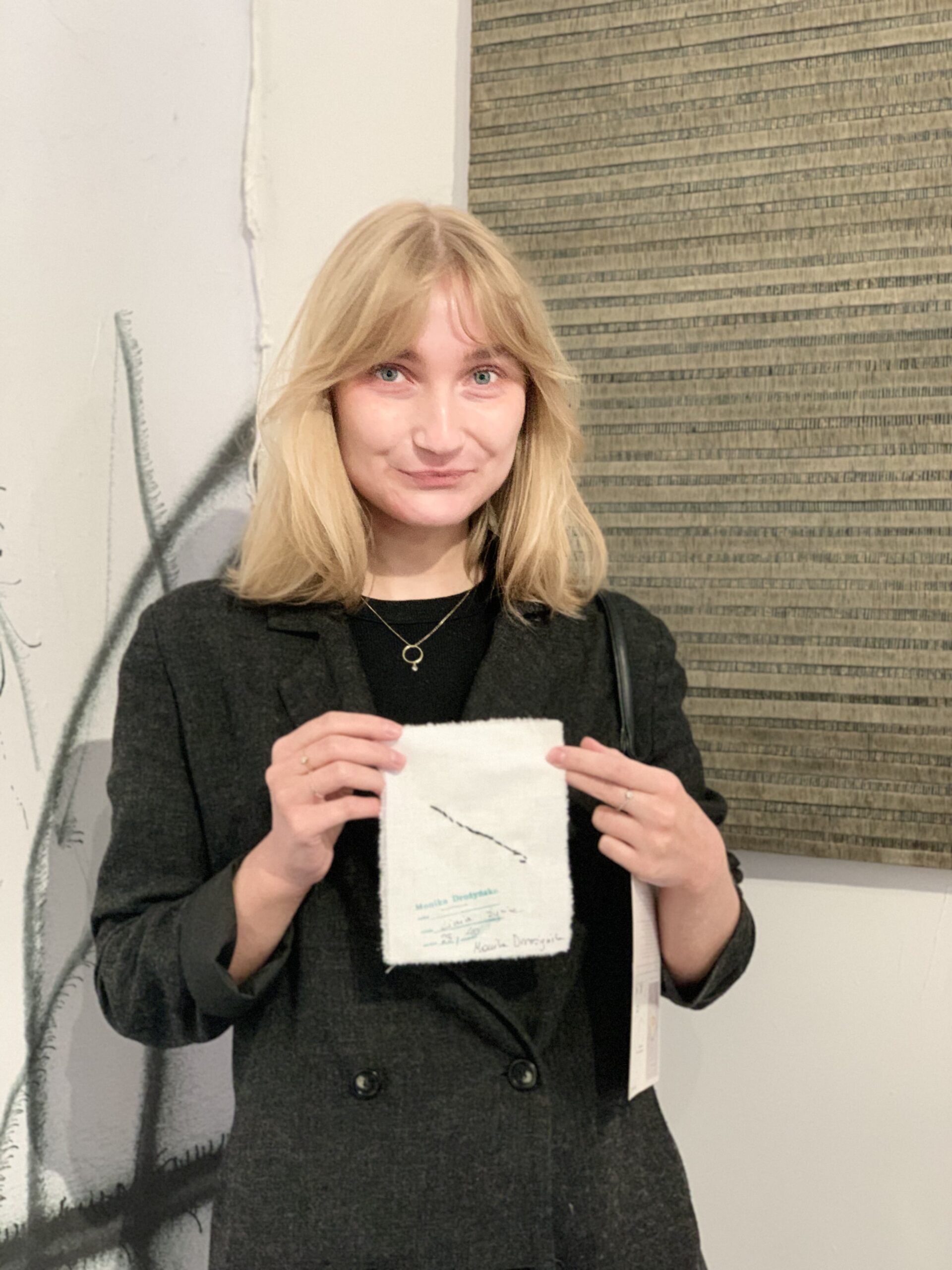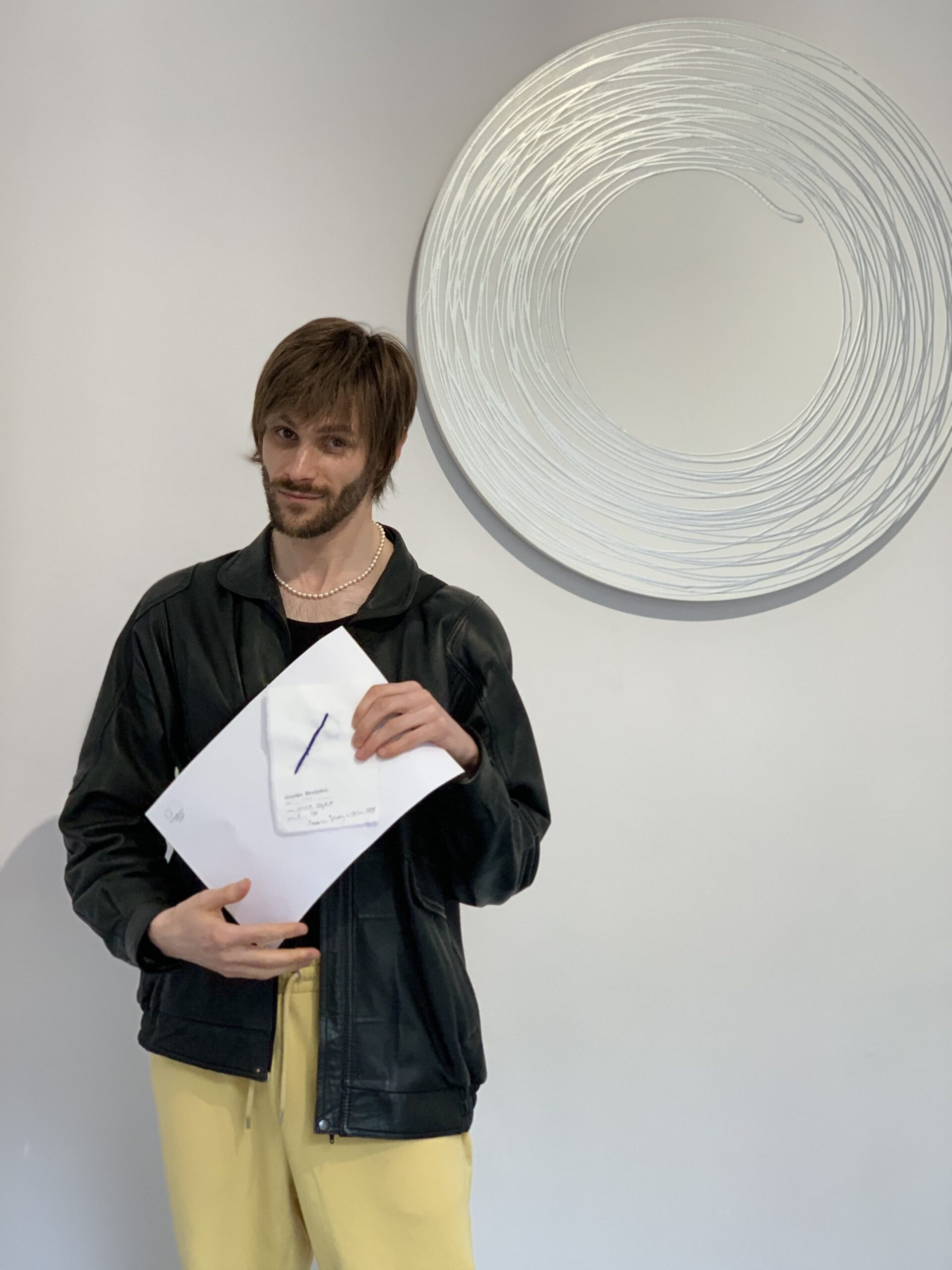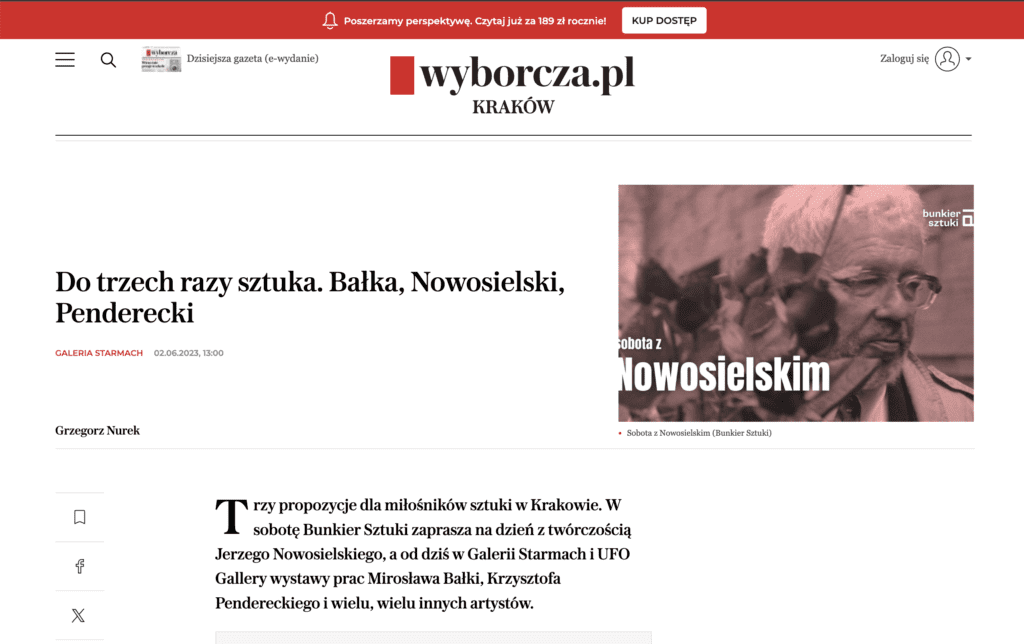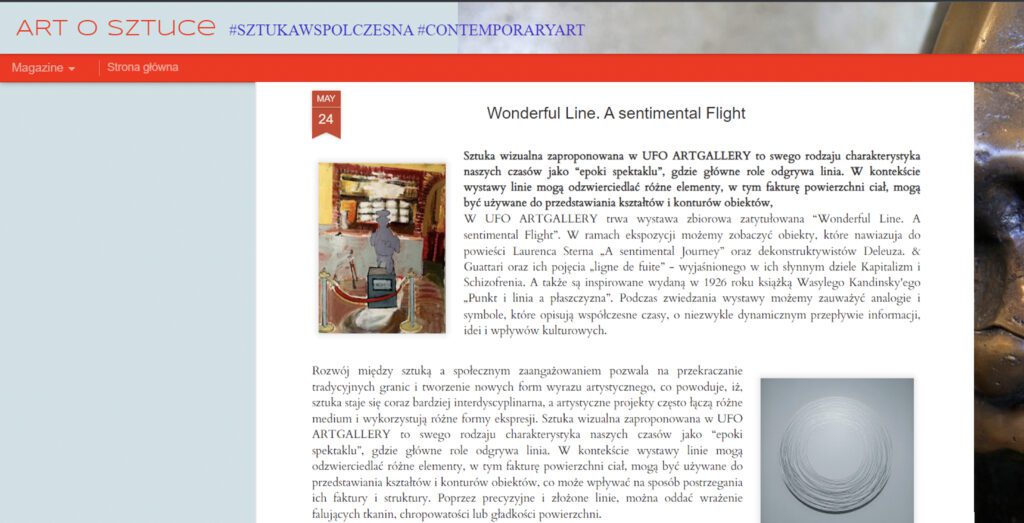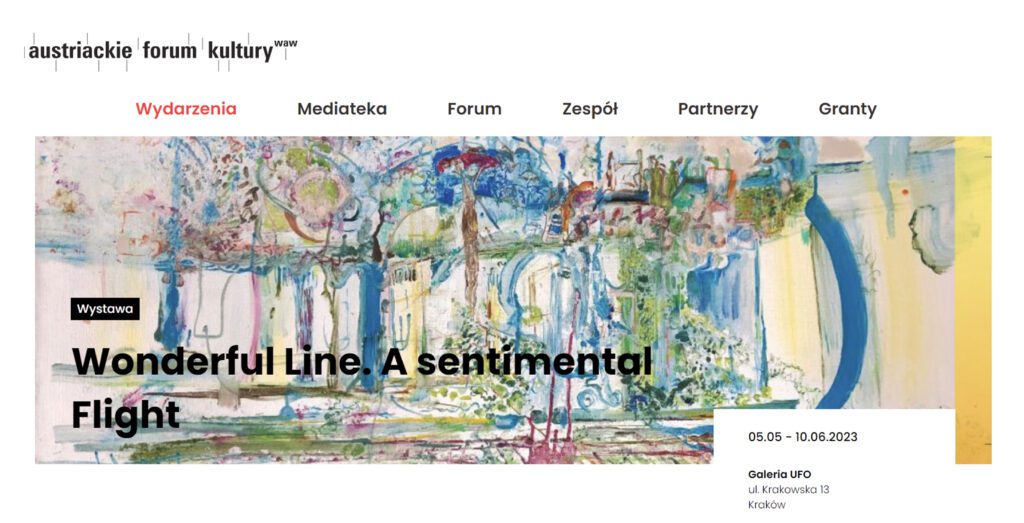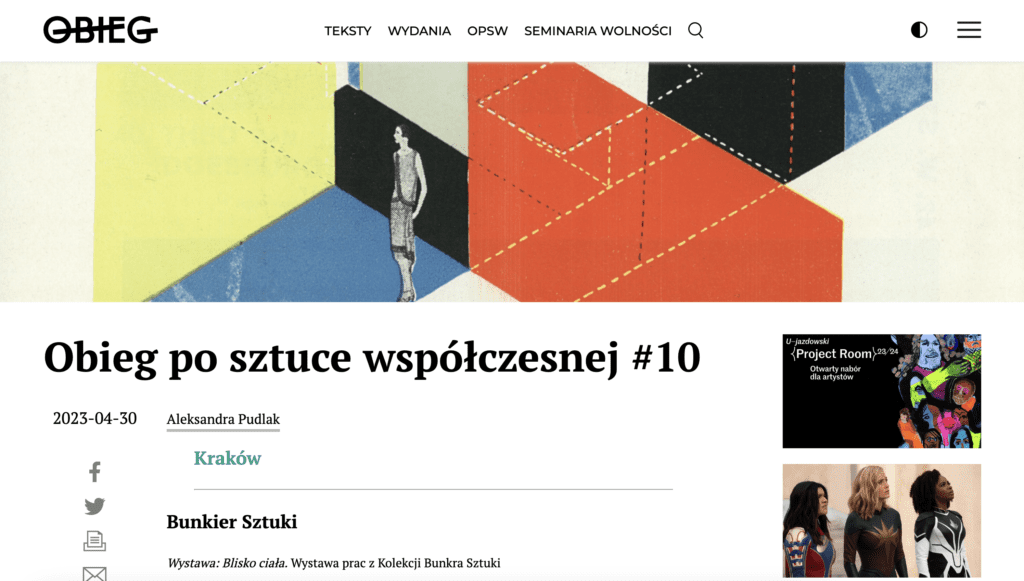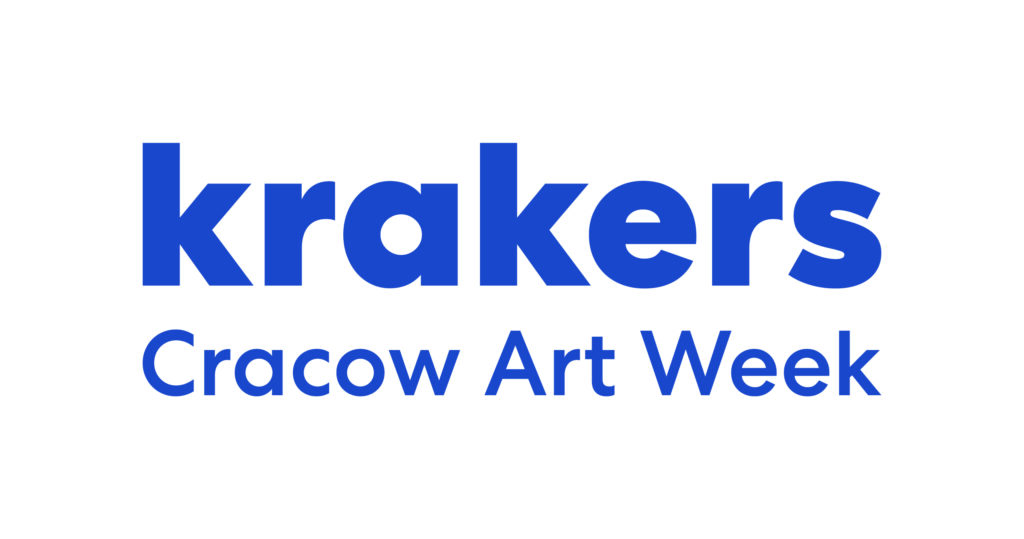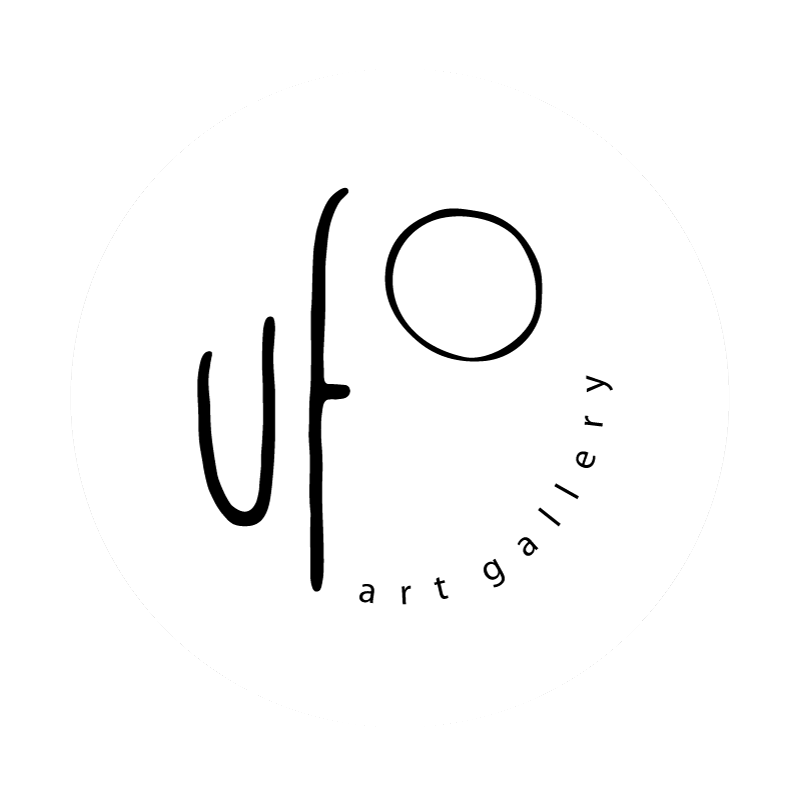We live in an era of diversity and confusion of different species, countries, languages, cultures, genders and of course values. The affinity of art forms such as fine arts, film, music, performance or dance makes it possible to cross borders or to abolish categories – this is lived experience in times of spectacle.
The exhibition Wonderful Line. A sentimental Flight bring together manifestations of different artistic positions. However, all participating artists share their reference to conceptual art. Their work is not limited to one medium as they create hybrid objects or sculptures, paintings, videos and performances simultaneously. However, all of them have an interest in the linear form, which they model with passion and transform with different means of expression. In her works, the line sometimes points to the limits of the real, sometimes connecting distant points, sometimes separating surfaces. Line clusters and line densities are also used to create idiosyncratic visual effects.
In the works shown in the exhibition, the lines can reflect the texture of the surface of bodies – literally – or refer to more ephemeral, abstract forms or phenomena with an uncertain ontological status. Based on Wassily Kandinsky’s 1926 book “Point and Line on the Surface”, the show confronts the works of visual artists with the unique modern notations of the composer Krzysztof Penderecki, in which enigmatic symbols or feverish zigzag lines appear instead of classical notes. Wonderful Line traces the resonance of musical score forms with the emotional equivalents of colour, sign and gesture in the visual arts, highlighting the unruly glow and inner vibrations of certain works.
A line of flight or a line of escape (French: ligne de fuite) is a concept developed by Gilles Deleuze and Félix Guattari in their work Capitalism and Schizophrenia. It describes one out of three lines forming what Deleuze and Guattari call assemblages, and serves as a factor in an assemblage that ultimately allows it to change and adapt to said changes, which can be associated with new sociological, political and psychological factors. Translator Brian Massumi notes that in French, “Fuite covers not only the act of fleeing or eluding but also flowing, leaking, and disappearing into the distance (the vanishing point in a painting is a point de fuite). It has no relation to flying.”
In the first chapter of the second volume of their Capitalism and Schizophrenia project, A Thousand Plateaus (1980), the concept is used to define a “rhizome”.
Goschka Gawlik
